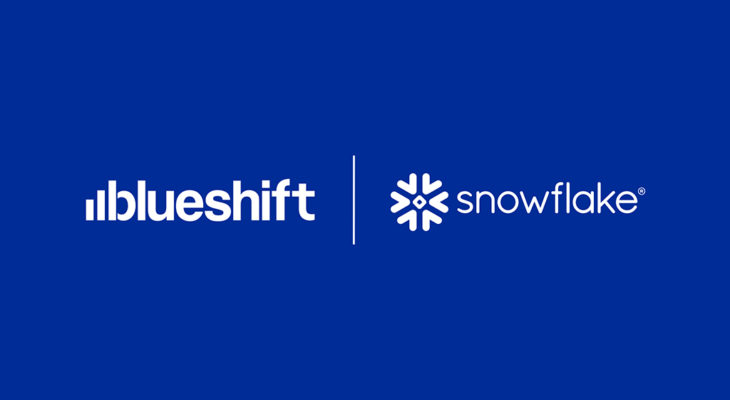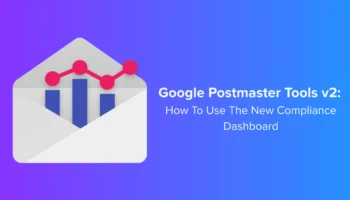For modern marketers, having access to your rich first-party data is critical for delivering the personalized, relevant experiences your customers have come to expect. Traditionally, a lot of this data has been trapped inside data warehouses and has only been available to BI and Data Science teams. Luckily, we have a solution that will make data roadblocks a thing of the past, putting data into the hands of marketers.
With Blueshift, customers can leverage all their customer data for any use case, data complexity, and volume demand as their brand scales and customer behaviors evolve. Blueshift directly integrates with Snowflake, the modern Data Cloud that helps brands mobilize their data and execute data workloads at an unlimited scale.
Having this bi-directional integration allows businesses to unify data in real-time, effortlessly activate that data, and gain comprehensive views of the data. Blueshift and Snowflake together improve marketer agility and empower next-generation customer engagement.




